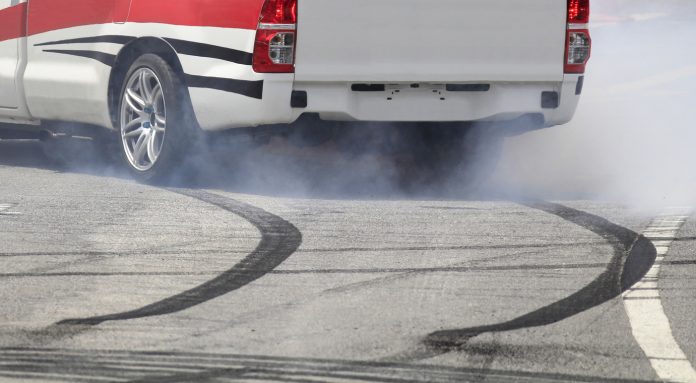The Science Behind Truck Braking Safety: A Driver’s Guide to Navigating the Roads Safely In the world of trucking, where the rubber meets the road, brake safety is not just a matter of pressing the pedal – it’s a science that demands understanding and precision. For the truck driver, delving into the intricacies of braking systems, the impact of speed, and the effects of potential distractions and impairments can be the key to safer journeys and a successful career on the road.
The Need for Speed: How Velocity Affects Braking
- Physics of Braking: Understanding the science behind braking starts with appreciating the physics involved. The kinetic energy of a moving truck is directly proportional to its mass and the square of its velocity. This means that the faster a truck is moving, the more energy it possesses. Efficient braking requires converting this energy into heat through the braking system.
- Stopping Distance: The relationship between speed and stopping distance is crucial. As speed increases, the distance required to bring a truck to a halt also rises exponentially. In practical terms, this means that at higher speeds, truck drivers need more time and space to execute a safe stop. Maintaining a reasonable and legal speed is not just a regulatory requirement but a fundamental aspect of ensuring braking systems can function effectively.
The Fading Effect: Understanding Brake Fade
- Heat and Friction: Brake fade is a phenomenon that occurs when brakes generate excessive heat, leading to a decline in their efficiency. Long descents, vehicle or axle overloading, frequent stops, or continuous heavy braking can contribute to brake fade. Understanding this concept is crucial, as it emphasizes the importance of not overburdening the braking system. It underscores the need for drivers to be mindful of their driving conditions, particularly when navigating challenging terrains.
- Regular Maintenance: Preventing brake fade requires regular maintenance. Ensuring that brake components are in good condition and well adjusted. Critical components including brake pads, linings, and rotors, are essential. Daily driver inspections and proactive maintenance can significantly reduce the risk of brake fade, providing drivers with reliable stopping power when they need it the most.
Distractions and Impairments: Navigating the Road with Focus
- Distracted Driving: Distractions on the road, such as mobile phones, GPS devices, or in-cab entertainment systems, pose a significant risk to overall safety. Taking attention away from the road, even for a moment, can have serious consequences. Educating drivers on the dangers of distracted driving and promoting the use of hands-free devices as well as encouraging dispatchers to avoid unnecessary communication can contribute to safer fleets.
- Impairments by Alcohol and Cannabis: The impact of alcohol and cannabis on driving abilities cannot be overstated. Impaired judgment, slower reaction times, and compromised motor skills are direct consequences. For truck drivers, the effects of these substances amplify the challenges associated with safety. Emphasizing a zero-tolerance policy for alcohol and cannabis use while on the job is not just a legal obligation but a vital step towards ensuring the safety of the driver, the cargo, and everyone sharing the road.
A Persuasive Call to Action: Taking Control of Braking Safety
- Continuous Learning: As the science of braking safety evolves, so should the knowledge and skills of truck drivers. Encouraging a culture of continuous learning within the trucking community can empower drivers with the latest information and best practices. Workshops, training programs, and online resources can serve as valuable tools in enhancing braking safety awareness.
- Personal Responsibility: Ultimately, the responsibility for road safety lies with collectively individual truck drivers and fleet owners alike. Understanding the science behind braking, respecting speed limits, and eliminating distractions and impairments are not just professional obligations; they are personal commitments to safety. Truck drivers play a pivotal role in shaping the industry’s reputation for safety and reliability.
In conclusion, braking safety is not just a mechanical aspect of trucking; it’s a science that demands attention, understanding, and proactive measures. By comprehending the physics of braking, mitigating the risks of brake fade, and staying vigilant against distractions and impairments, truck drivers can champion the cause of safety on the roads. It’s not just about stopping a truck; it’s about ensuring every journey concludes safely, securing the well-being of drivers, cargo, and the communities they serve.



















